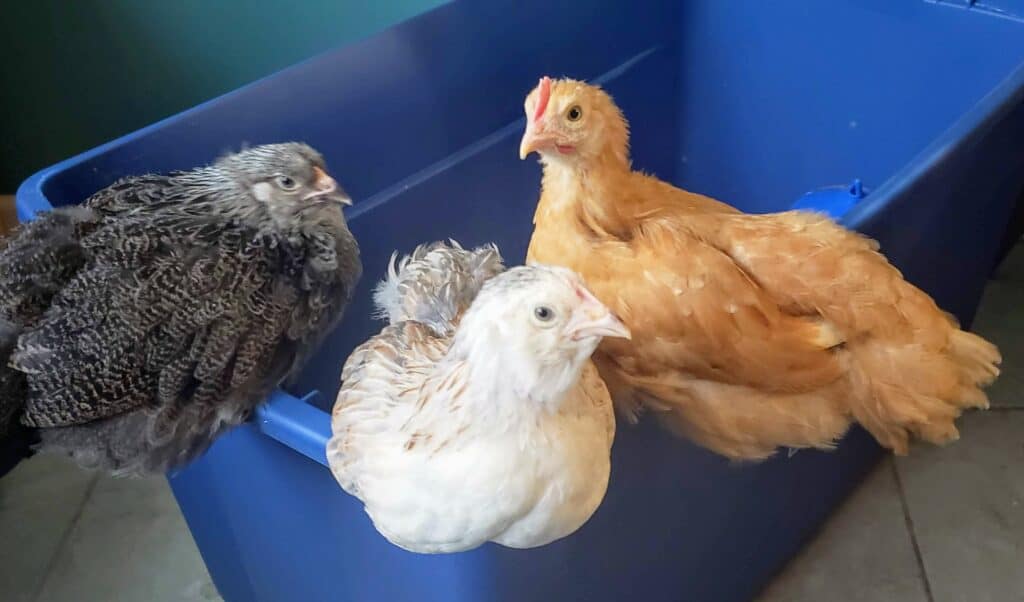When you have decided to set up a chicken coop, you must figure out where you are going to set it up. You do not want to set it too far from the house for security reasons and you do not want to have it too close. Some people never get used to the smell and noise. Whether you are building a coop or purchasing one, there are a number of mistakes to avoid when choosing a chicken coop location and we're going to highlight some of these mistakes for you today.

10 Mistakes to Avoid When Choosing A Chicken Coop Location
1. Not making your coop predator proof
Chickens have a lot of predators and you should make sure they are well-protected at all times. It’s heartbreaking to raise your chickens, only to lose them to predators. Seal gaps at the bottom of the coop with wire mesh to prevent these predators from digging their way in and causing havoc. We currently are keeping a hawk couple, a bald eagle couple, and some raccoons at bay. Our dog Dennis does a good job of securing the area as well.
2. Choosing a Poor light source
Chickens are more productive when they have good light. Consider placing your coop in such a manner that it will receive enough natural light, realizing that lack of sunlight in the winter will slow production greatly. In the winter when the nights are longer than days, you can use a lamp to keep the coop well illuminated. I don't do this, as I like to let my girls rest during the winter season since that's what happens naturally. Often I will find an egg here or there, but never with the same rate as I have in the summer.
3. Not allowing space to forage
This is most important if you'll be raising free-range chickens. They usually get a lot of food through foraging. You need to give them enough space to allow them to exhibit their natural behavior.
4. Inadequate ventilation
This is a very important factor to consider. Always make sure that your chickens have enough ventilation. When the air is flowing freely, chances of having sick birds will reduce drastically. You get to prevent diseases and keep the chicken productive at all times.
5. Locating the coop too far from the house
Although some of us place these coops far because we do not like the smell, taking them too far away could limit their productivity. You will not be there at all times to check on them and take care of their every need. You might not be able to catch a sick chicken early enough to prevent it from spreading diseases to others. Our home coop is in our backyard, while our coop for the We Sow We Grow farm is obviously on the farm. It gets checked daily as we complete farm chores.
6. Feeders and waterers not being accessible enough
You should always place the feeders and waterers in a place where your chicken can easily apply. This might influence the choice of your coop location. Do not build on sloping grounds where feeding and watering is a challenge. Because we live in a colder climate, you'll see that we keep our watering can on a water heater. It helps keep the water from freezing solid so that your chickens can stay hydrated during colder seasons.

7. Not elevating the coop
Coops should be elevated from the ground. This prevents the birds from contaminating diseases when coming into contact with damp ground. It will also prevent your coop from rotting. The height of elevation should be at least two feet.
8. Inadequate insulation
Chickens also feel cold, especially during the winter season. If your region experiences drastic weather changes, try to see whether you can locate the coop in a place that offers some form of insulation. For instance, trees are great windbreakers and insulators and you can locate the coop near them. Fight the urge to completely shut off any sort of wind. There needs to be proper venting to keep the birds from getting frostbite on their feet and combs.
9. Not giving the coop enough shade and sun
Healthy chickens require good sunshine and good shade. That is why you should make sure your coop provides both. If you cannot get a good location to give shade and a good, sunny run, create this yourself when building the coop. There are plenty of free plans with a quick web search. As someone who has had THREE pre-fab coops, I would suggest investing in a stronger built one or have several friends come and help build it over the course of a couple of days.

10. The number of chickens
If you want to farm a very large number of chickens, you can construct a large coop a little far from the main house. This will reduce the noise effect the chickens have. If you have just a handful of chicken, you can easily place them close to your house without worrying about noise or smell. Remember that chickens are social creatures, and if you're thinking of raising your own flock, you should anticipate having at least 3 birds to start. We've had as many as 12 and as few as 3. It's a joy ride of coures.
Hopefully, this is a good primer for those of you thinking about adding chickens to your homestead. If you have any other questions, don't be afraid to ask below. Also, consider joining your town's local chicken keeping group as they often are a wealth of information for sure!

